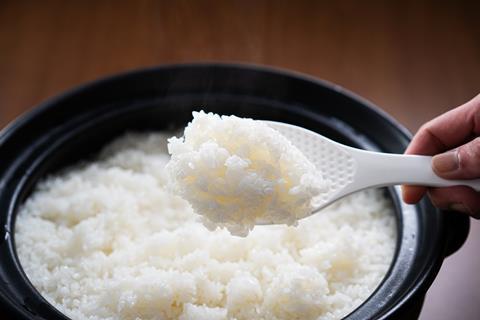
If there’s one sign of the enduring impact of the cost of living crisis, it’s the sterling performance of rice in 2024.
In last year’s report – when the crisis was at its peak – rice was one of only 12 markets in Top Products to achieve volume growth.
This time around, it has retained its position as Brits’ starchy side of choice. Boasting an average price of just £2.52 per kilo, it’s up 7.9% in volumes – ahead of pasta, noodles, potatoes and frozen chips. An extra 20.7 million kilos through tills has translated into a £72.3m gain.
This was largely “driven by consumer demand for healthier, premium rice varieties”, explains Somnath Dasgupta, NIQ senior analytics executive.
That has driven a 19.2% uptick in volumes among brands – especially the likes of Tilda and Laila, which have “excelled by focusing on premium offerings”, Dasgupta points out.
Tilda is in this year’s top spot after a value increase of 14.1% on volumes up 11.9%. Meanwhile, Laila’s value surged 54.6% as it met “the demand for authentic ethnic rice”, Dasgupta adds. Its extra 9.2 million kilos is the largest absolute volume gain in rice.
Volume boost
Top 10 names Veetee, Kohinoor, Mai Thai, Trophy, Salaam and Akash have also shifted extra kilos.
That’s not to say the past 12 months have been an easy ride for purveyors of rice. “The ongoing cost of living crisis has presented challenges for brands,” concedes Anna Beheshti, Tilda head of marketing.
“With most UK households feeling the impact of this over the past few years, value is understandably at the forefront of shoppers’ minds, but tasty, premium quality and convenient food remains important.”
As such, Tilda has been “laser-focused” on its quality and taste credentials in marketing activity, while also “rolling out a series of added-value initiatives, such as off-pack promotions offering the chance to win a ‘flavour-filled’ holiday, useful gadgets and shopping vouchers using QR codes”, Beheshti adds .
Tilda has also championed its work in sustainable rice production to “drive preference” among eco-conscious shoppers.
Not all brands have managed to drive growth in this environment. Take Ben’s Original, which suffered a 7.1% fall in value and 5.3% decline in volumes, as high pPrices took their toll. At £5.09 per kilo, Ben’s is 69% costlier than branded rice on average.
“We naturally are seeing consumers make different choices on what they spend their money on,” says European brand director Sian Gavin.
However, she stresses “our job doesn’t change, and we continue to work on giving people a reason to buy into our brands”.
As part of that work, Ben’s has continued to bet on its microwaveable ready meals portfolio. That’s led to the rollout of its rice-based Lunch Bowl and Favourites ranges this year (see Top Launch below).
More innovation looks set to follow. “We’re gearing up for a big year across both product launches and in our purpose to foster a better world tomorrow,” Gavin says.
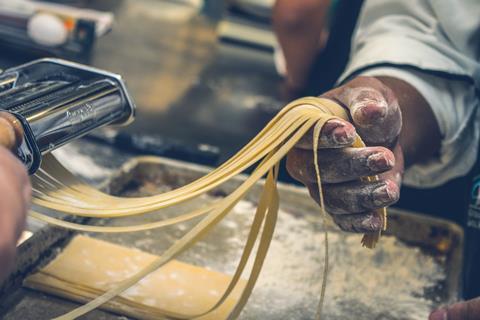
While rice brands have enjoyed a largely successful year, the same can’t be said for pasta players. They’ve added just 477.3 thousand kilos compared to own label’s 5.7 million. No doubt the 5.5% fall in average price has helped private label capture cost-conscious shoppers, making it 59.5% cheaper on average than brands.
Own label has “continued to capture market share, causing brands like Napolina to lose ground”, Dasgupta notes.
In fact, Napolina has seen value decline 7.9% on volumes down 4.7%. The Princes brand has suffered from many of the same woes as rivals – as shoppers lean towards own label and increasingly seek out promotional deals – says Jeremy Gibson, the supplier’s marketing director.
However, he sees signs of improvement for Napolina as Brits “move back towards brands in weekend and treating occasions”, where they are “willing to invest more to make restaurant-quality meals at home”.
“Italian, and pasta in particular, is well poised to take advantage of this,” he adds.
Some brands are better poised than others. De Cecco, for instance, has recorded a 16.1% increase in value. This was achieved, Dasgupta says, by “emphasising traditional Italian quality and offering organic and whole-wheat options, with lower price playing a key factor as well”.
Noodle brands tumble
Price has been a key factor in the fortunes of noodles, too. Being markedly pricier per kilo than rice and pasta, they’ve suffered a 1.6% tumble in volumes. Again, brands have been the ones to suffer.
Their unit sales have dipped 6.1% versus own label’s 2.9% fall. But demand for Asian cuisine still allowed smaller brands such as Yutaka to shine, Dasgupta points out.
Looking to 2025, “rising raw material costs and increasing consumer preferences for healthier products will shape the market”, he says. So, it will be those that “adapt with innovative offerings” that will likely perform better – while others may well continue to lose market share to private label.
Top Launch 2024
Ben’s Lunch Bowl and Favourites | Mars
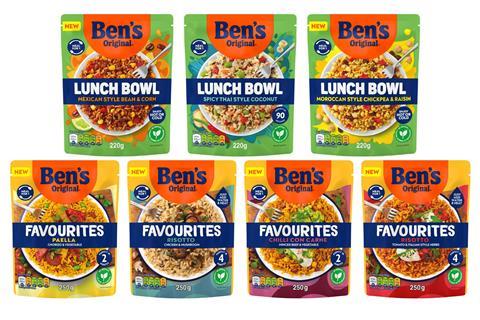
Ben’s Original is targeting health-conscious home workers who want quick meals with these Lunch Bowl and Favourites lines. Rolled exclusively into Tesco, they join its “cupboard ready meal” portfolio. Each microwaveable Lunch Bowl (rsp: £2.99/220g) dish – including Moroccan Buddha Bowl and Spicy Thai Curry Bowl variants – is a blend of grains and veg. Meanwhile, Favourites (rsp: £2.49/250g) comprises rice with “familiar flavours from some of the nation’s most popular meals”.
Read more: Rice, noodles & pasta 2023: Resilient rice volumes rise despite price
The Big Book of Grocery: Top Products Survey 2024
- 1
- 2
- 3
- 4
- 5
- 6
- 7
- 8
- 9
- 10
- 11
- 12
- 13
- 14
- 15
- 16
- 17
- 18
- 19
- 20
- 21
- 22
- 23
- 24
- 25
- 26
- 27
- 28
- 29
- 30
- 31
- 32
- 33
- 34
- 35
- 36
- 37
- 38
- 39
 Currently reading
Currently readingRice, noodles & pasta 2024: rice is star of the starch category
- 40
- 41
- 42
- 43
- 44
- 45
- 46
- 47




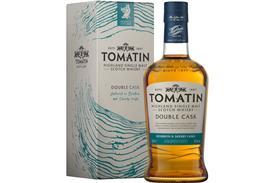
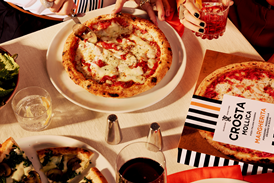















































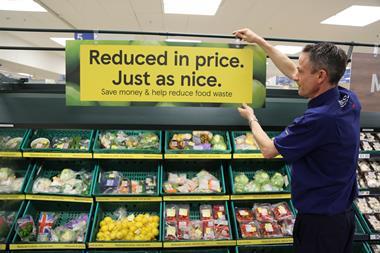
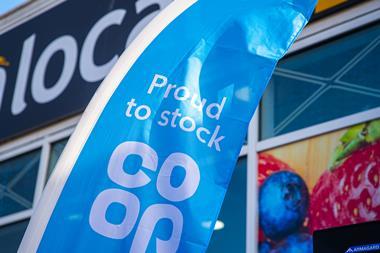
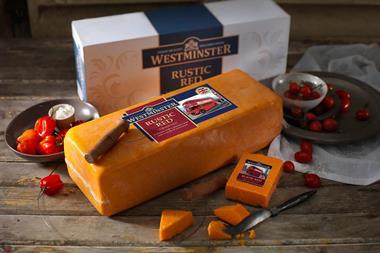
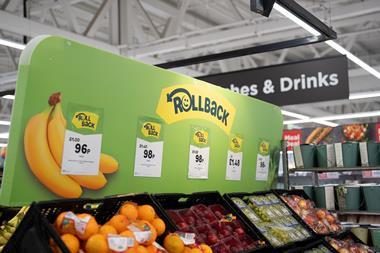

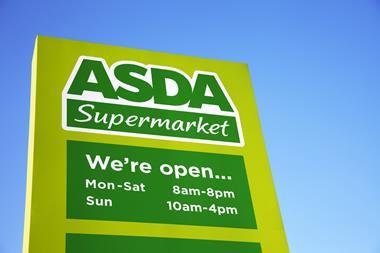

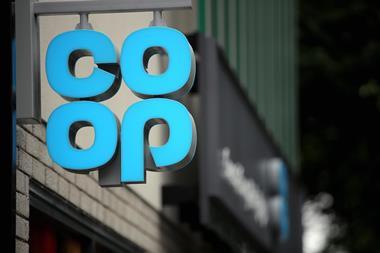

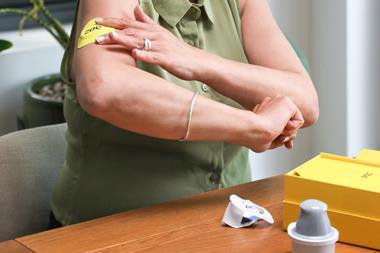


No comments yet